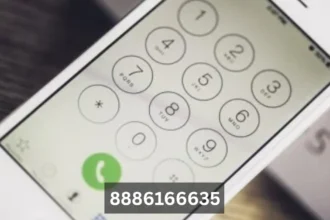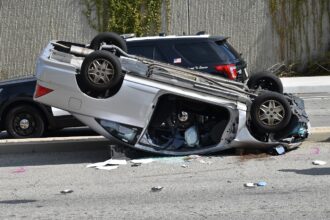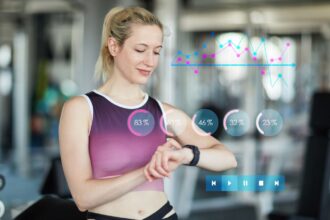It’s routine for commercial kitchens to maintain tools and equipment in their optimal status. Keep your knives sharp and the food surface clean. Another key item is food thermometers. Regular calibration is needed to ensure food thermometers’ accuracy in temperature measurement.
An inaccurate or improperly calibrated thermometer causes food quality issues and food safety threats.
Significance of Thermometer Calibration
Obeying related regulations about temperature controls is an essential way to prevent foodborne pathogens. Accurate thermometers guarantee that food is cooked to a minimum safe temperature or stays outside of the temperature danger zone to prevent pathogen growth.
In the event that your thermometer is several degrees off, you may end up serving food with a dangerous bacterial load. According to the above estimated outcomes, inaccurate thermometers may get you dinged on inspection.
Regular Calibration Schedule of Thermometers
Regular calibration depends on the type of food thermometer and recommendations from the thermometer maker. In general, a professional kitchen thermometer needs calibration at the beginning of its first use, after drastic drops and extreme temperature changes. It’s better to calibrate thermometers regularly in case temperature control is extremely important in food cooking.
Detailed Steps of Thermometer Calibration
It’s simple to test the accuracy of the thermometer with a known temperature, then adjust the delivered readout to the desired temperature. Two common methods take advantage of the known freezing and boiling points of water.
Freezing Point Method
The freezing point method, aka the ice point method, is the safest way of thermometer calibration. Also, the best choice of end-users in case a thermometer is intended to be used on cold foods.
- Fill a container with crushed ice and tap water.
- Stir the mixture in a container and leave it sit for two minutes.
- Immerse the thermometer probe in water and keep it untouched from the sides and bottom.
- Get reads until the reading stabilizes.
- Adjust the thermometer if the reading is more than 2°F (1°C).
Boiling Point Method
The boiling point method is more complex than the previous one due to the danger of burning, and it changes with the atmospheric pressure and elevation. In view of these complications, it’s suitable to confirm an already-calibrated thermometer accurate at high temperatures. As we all know, the boiling point of water is 212°F (100°C) at sea level, which drops 1°F for every additional 500 feet.
- Ensure the boiling point of where you are.
- Heat a pot of water to a rolling boil;
- Immerse the thermometer’s probe without touching the container.
- Check the readout after one minute of stabilization.
- Adjust the thermometer in case it reads more than 2°F (1°C).
Please contact a thermometer factory at lonnbbqhero.com if you have more problems with thermometer calibration.

















